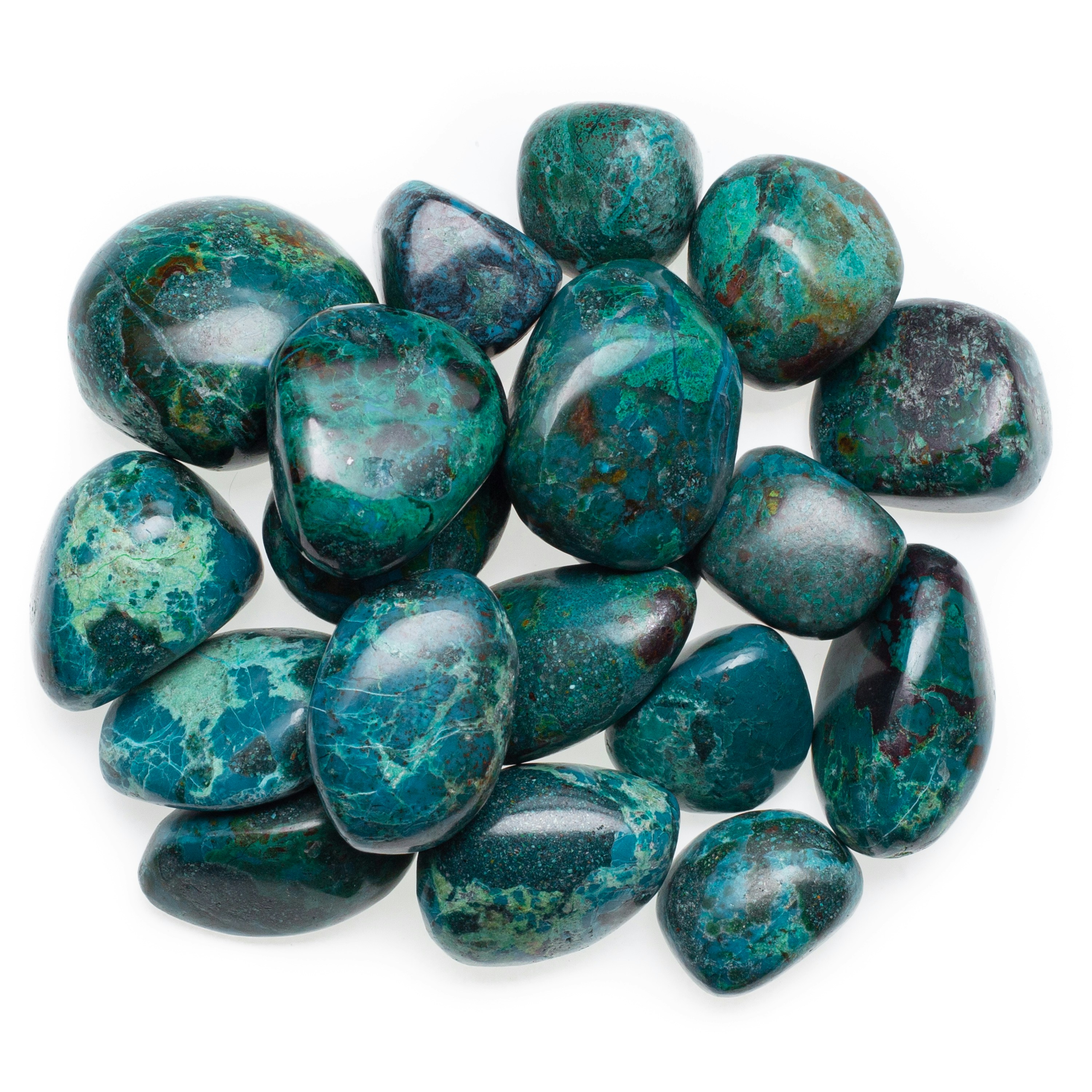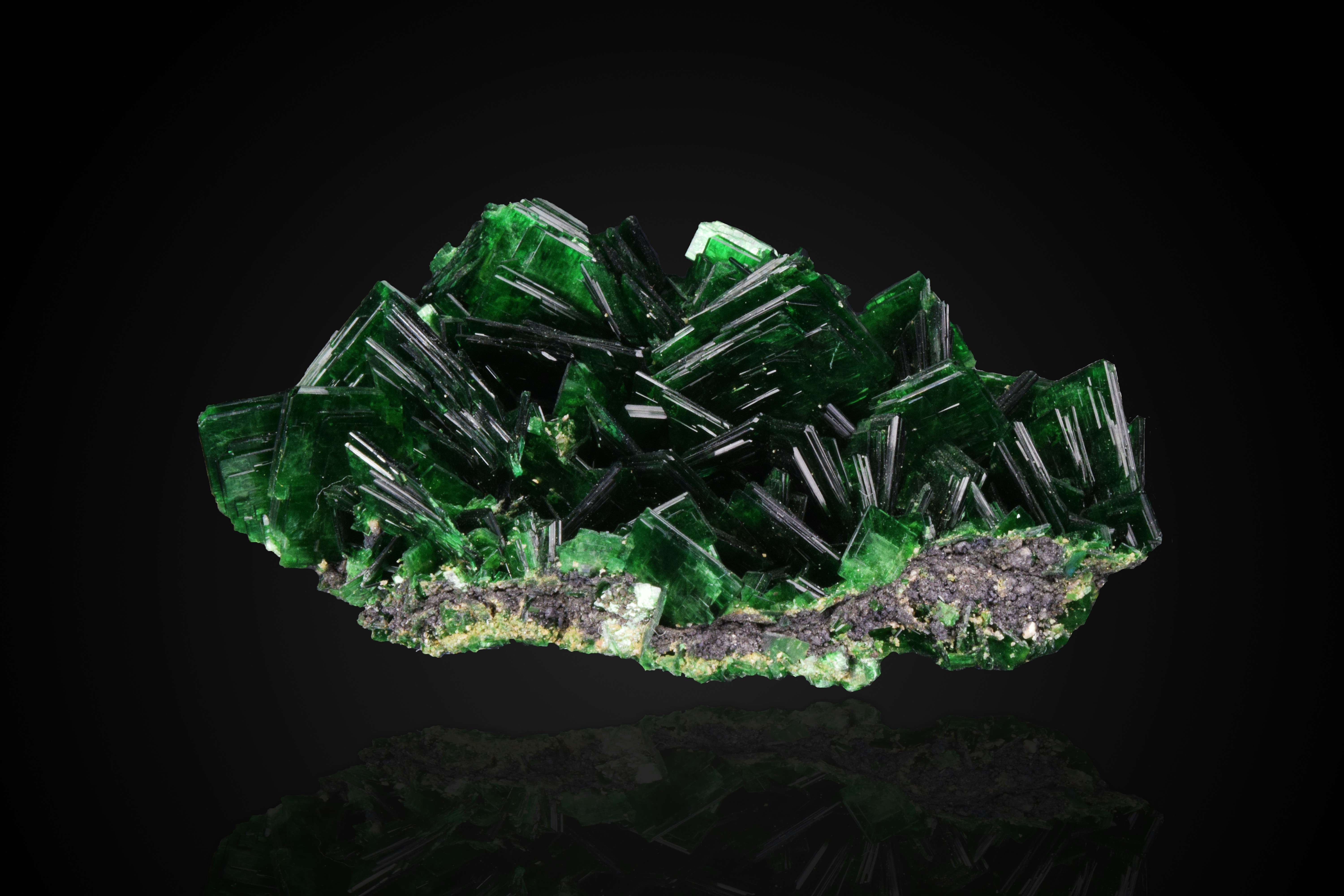Vintage Charles Loloma Jewelry Buying Guide
Alexander Kellerson

Research and Education
When delving into the world of vintage Charles Loloma jewelry, the first step is thorough research and education. Understanding Loloma's unique style and design elements is crucial. Charles Loloma, a pioneering Hopi artist, is renowned for his innovative use of traditional Hopi materials such as turquoise, coral, lapis lazuli, and ironwood. His pieces often blend these materials in a distinctive and intricate manner, creating works of art that stand out in the realm of Native American jewelry.
It’s also essential to familiarize yourself with the markings that authenticate Loloma’s work. Genuine pieces typically bear the signature 'Loloma' and occasionally feature his hallmark, which may include a bear paw or other symbols. Recognizing these markings can help you distinguish authentic pieces from imitations, ensuring that you invest in true Loloma artistry.
Authenticity Verification
Verifying the authenticity of vintage Charles Loloma jewelry is a critical step in the buying process. Provenance plays a key role here; authentic pieces often come with documentation or a clear history of ownership. This provenance can provide valuable insights into the piece's authenticity and historical significance.
Consulting experts is another effective way to ensure authenticity. Reputable appraisers or galleries specializing in Native American or Hopi jewelry can offer professional evaluations. Additionally, comparing the piece in question with verified examples of Loloma’s work can highlight consistencies in style, materials, and craftsmanship that signal authenticity.
Condition and Quality
The condition and quality of a piece are paramount when purchasing vintage Charles Loloma jewelry. High-quality craftsmanship is a hallmark of Loloma's work, characterized by meticulous inlay techniques, smooth finishes, and secure settings. These attributes not only enhance the piece’s aesthetic appeal but also its durability.
Assessing the condition involves looking for signs of wear, damage, or repairs. While vintage pieces may show some age-related wear, they should still be in good condition. Ensuring that the jewelry is free from significant damage or poorly executed repairs will help maintain its value and longevity.
Market Value
Understanding the market value of vintage Charles Loloma jewelry is essential for making an informed purchase. Researching current prices by looking at recent auction results and sales from reputable dealers can provide a clear picture of the piece’s worth. This knowledge helps you make a fair offer and avoid overpaying.
Consider the rarity and demand of the piece as well. Unique or rare pieces, as well as those highly sought after by collectors, tend to command higher prices. Investing in such pieces can be beneficial, as they often appreciate in value over time, making them not just beautiful additions to your collection but also wise financial investments.
Purchase from Reputable Sources
Purchasing vintage Charles Loloma jewelry from reputable sources is crucial to ensure authenticity and quality. Trusted dealers and established galleries with a history of dealing in authentic Native American jewelry are your best options. These sources typically offer pieces that have been thoroughly vetted and come with proper documentation.
Another reliable option is buying from reputable auction houses that specialize in fine jewelry and Native American art. These venues often provide detailed descriptions and provenance information, giving you confidence in your purchase. Additionally, the competitive bidding environment can sometimes yield favorable prices for knowledgeable buyers.
Budget and Investment
Setting a budget is an important step before beginning your search for vintage Charles Loloma jewelry. Knowing your financial limits can help you focus on pieces within your range and prevent overspending. Remember, high-quality and rare pieces can be more expensive but are often worth the investment.
Consider the investment potential of the piece as well. Over the years, high-quality and rare Loloma pieces have appreciated in value. By investing in these pieces, you are not only acquiring a beautiful piece of art but also a valuable asset that could offer significant returns in the future.
Care and Maintenance
Proper care and maintenance are essential to preserve the beauty and value of your vintage Charles Loloma jewelry. Store your jewelry in a safe, dry place, preferably in a jewelry box with separate compartments to prevent scratching and tangling. Avoid exposing the pieces to harsh chemicals or extreme temperatures.
Regular cleaning using appropriate methods can maintain the jewelry’s luster and prevent tarnishing. For delicate or intricate pieces, consider professional cleaning services to avoid damage. Periodic professional inspections can also help identify any necessary repairs early, ensuring the longevity of your treasured pieces.
Legal and Ethical Considerations
When purchasing vintage Charles Loloma jewelry, it is important to consider legal and ethical aspects. Ensure that the piece complies with all legal regulations concerning the trade of Native American artifacts. This compliance not only protects you from potential legal issues but also respects the cultural heritage of the jewelry.
Approach your purchase with cultural sensitivity and respect. Understanding the significance of Native American jewelry and its heritage can enhance your appreciation of the piece and contribute to the preservation of cultural traditions. Ethical buying practices ensure that you support the rightful legacy of artists like Charles Loloma.





